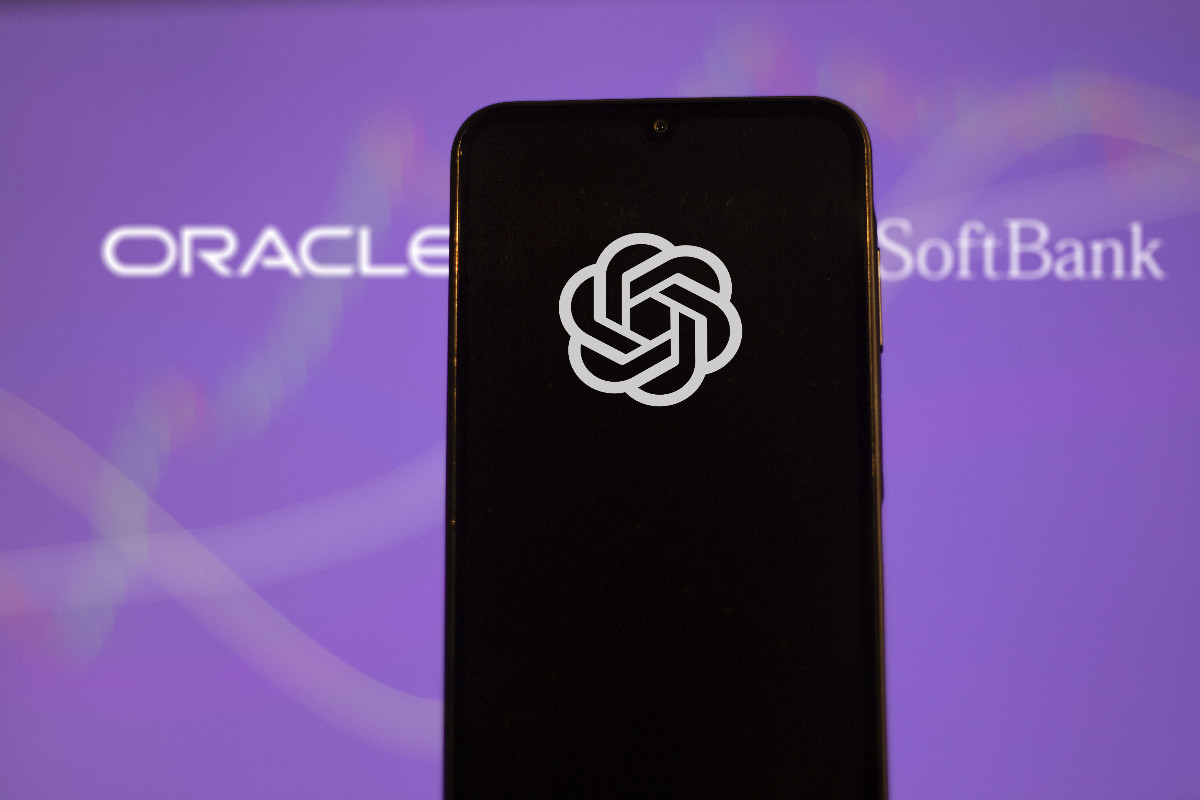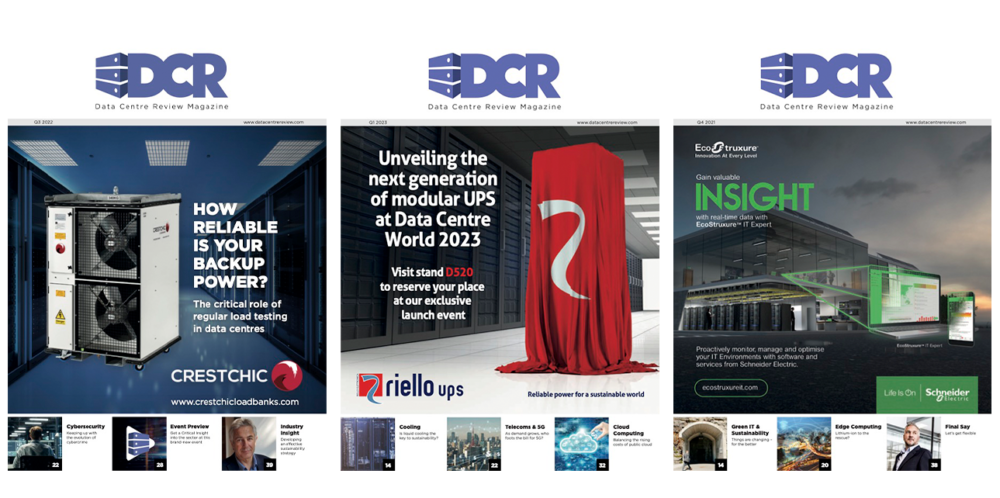A $500 billion plan trumpeted by the US President as a way to turbocharge US AI has faltered. SoftBank and OpenAI are now said to targeting a far smaller first step: a modest data centre in Ohio by the end of 2025, according to a new report from the Wall Street Journal.
Six months after Masayoshi Son stood alongside Sam Altman and President Trump to unveil Stargate, the new company charged with delivering the scheme has yet to seal a single data centre deal. While the January launch pledged $100 billion ‘immediately’, insiders say the immediate focus is now a lower‑cost prototype build.
Son’s SoftBank and Altman’s OpenAI, which are the joint leaders of Stargate, have clashed over fundamentals such as site selection. SoftBank committed $30 billion to OpenAI earlier this year, taking on debt and selling assets to do so, but the two sides remain at odds over how and where to proceed, including the extent to which SB Energy‑linked plots should be used.
In a joint statement to the Wall Street Journal, the pair insisted they were advancing projects in multiple states and were “moving at hyperscale and speed to deliver the AI infrastructure that will power the future and serve humanity.”
OpenAI is looking for capacity elsewhere
While Stargate crawls, OpenAI has pushed on alone. A deal with Oracle will see OpenAI pay more than $30 billion a year within three years for 4.5 GW of capacity – spread across several US sites. A smaller agreement with CoreWeave adds further capacity, taking OpenAI close to what Stargate promised for 2025.
Finding land, constructing hyperscale buildings, securing AI chips, sourcing vast electricity loads and lining up lenders all are said to have slowed progress on the project. That’s why Stargate is said to be eyeing a cheaper design for Ohio, but the clock is ticking as training ever‑larger AI models demands exponentially more compute spend – long before profits are proven. OpenAI’s Oracle deal alone is said to be about three times its recently projected annual revenue, with the company currently loss‑making and banking on rapid growth in paying users and advertising.


